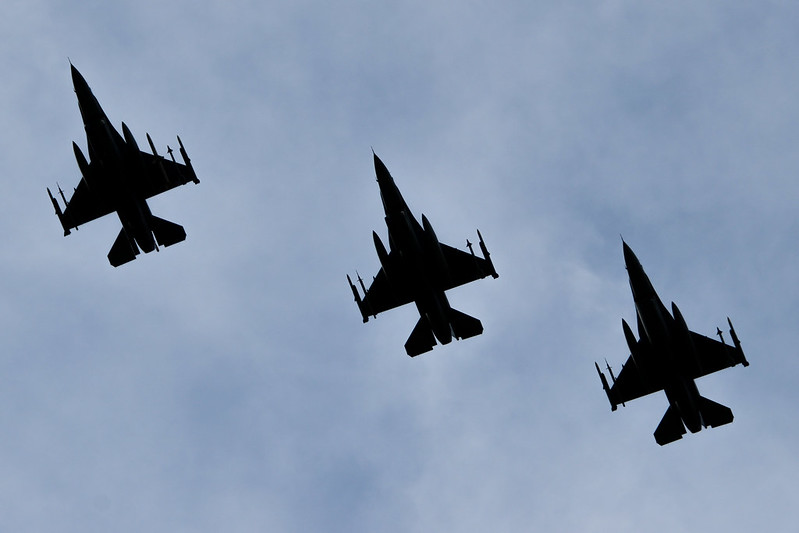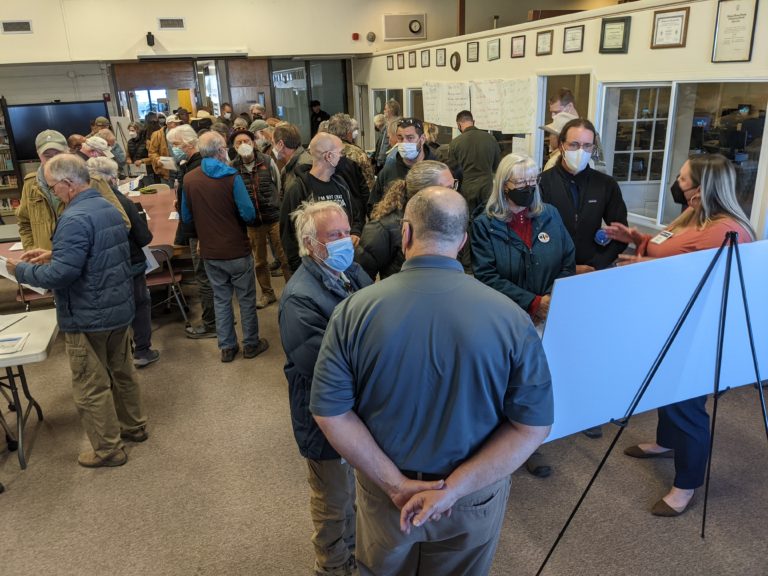U.S. Air Force Fly-Overs – preliminary info
The U.S. Air Force has issued a Notice of Intent (NOI) to advise the public of its intent to prepare an Environmental Impact Statement (EIS) to assess the potential environmental consequences associated with optimizing the Special Use Airspace (SUA) to support aircrews stationed at Davis-Monthan Air Force Base, Luke AFB, and Morris Air National Guard Base in Arizona and to request comments on potential alternatives and impacts, and identification of any relevant information, studies, or analyses of any kind concerning impacts affecting the quality of the human environment.
A map of the areas affected is below and includes the Chiricahua, Peloncillo, and Dragoon Mountains, and nearby areas of southeastern Arizona and southwestern New Mexico. More information is available here.
We are still assessing this proposal, but it is of obvious concern as it could result in flights as low as 100 feet above ground level, flights that break the sound barrier as low as 5,000 feet, more training missions at night, release of chaff and flares, and other negative consequences for our peaceful area of southeastern Arizona.
A similar threat was successfully opposed in the past by the Peaceful Gila Skies coalition.
Key upcoming activities and dates include a series of public meetings, including one in Animas on February 24, and scoping comments being due on March 4, 2022.
If you are interested in receiving more information on this threat and the work of a coalition to oppose it, sign up here. Also stay tuned to this site for more updates.
 (click for interactive version)
(click for interactive version)








Increasing the number of flyovers of the Chiricahua Mountains has the potential for seriously and detrimentally affecting animal populations therein. This location is one where scientists have for well over six decades studied and continue to study animals and plants. It is also where thousands of tourists annually visit to watch birds, to hike, and to camp. The impact of the proposed flyovers can only be negative and detrimental to what makes this place so special. Further, they have enormous potential to disturb both species behavior and distributions. Therefore, I would like to lodge a formal statement against this proposal.
I echo George’s statement against this proposal. The Chiricahuas are among the most prized biodiverse and wild regions of the southwest and the country. Flyovers blasting through could bring irreversible effects on wildlife and eco-tourism (many ecotourists come for the unmatched birding opportunities in this range for sightings that are very sound-sensitive). Moreover, chaff and flares that can result from these flyovers in a region of extreme and dangerous drought and dry conditions poses unnecessary threats of wildfires that would devastate many residents as well as the unique and rare wildlife of this fragile sky island range. This is a short-sighted and dangerous proposal.